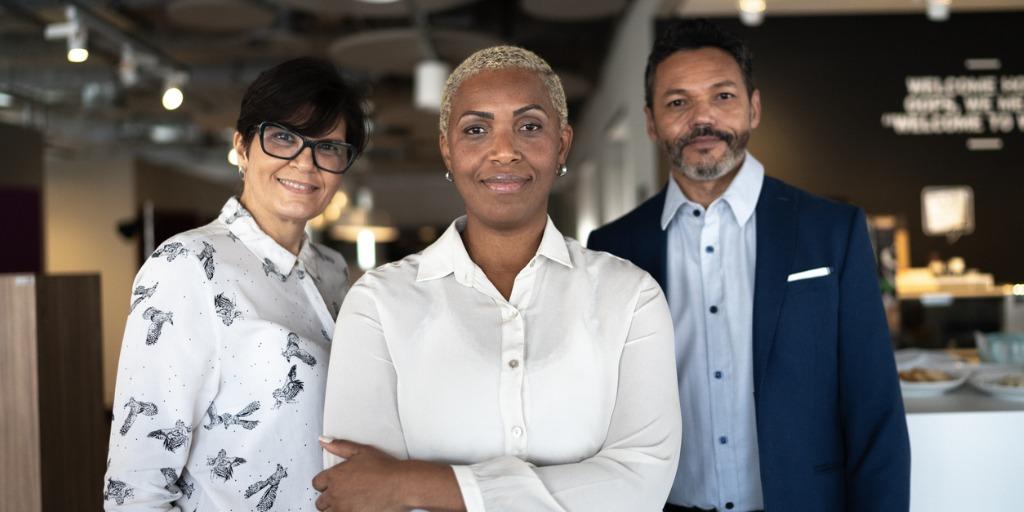Going Beyond Performative Allyship

Key Takeaways
- Performative allyship—the rhetorical support of a diverse and inclusive culture that is not bolstered by meaningful action—leads to both tokenism and a toxic work culture.
- Going beyond performative allyship requires leaders to be intentional, persistent, and accountable for the workplace culture.
In 2020, two crises emerged into national and global prominence—the COVID-19 pandemic and the civil unrest following the George Floyd murder. Both exposed many of the racial and gendered inequities in our society, and corporate leaders found themselves under significant pressure to publicly commit to tackling systemic bias, particularly within the workplace. As a result, many in leadership positions—even those who were once reticent in championing racial and gender equity—took to social media and other outlets to vocalize their support of these causes, pledging new initiatives and additional resources to advance diversity, equity and inclusion (DEI) within their own organizations. However, to date, what has followed has been a mixed bag of sorts.
The Tale of Two Companies
For some companies, great DEI strides have been made since the summer of 2020. From adding chief diversity officers and creating affinity groups to increasing community outreach and contributing to social justice organizations, these leaders have delivered on their promises. To their credit, many of these leaders had begun their entities’ DEI journey years before, as they saw diversity as integral to their business models and plans for growth. This is due in large part to the growing body of research that suggest that corporations with a diverse and inclusive workforce have a distinct and profitable edge over homogeneous ones due to most notably, greater agility and innovation. The unfolding of the twin crises in 2020 further stirred these leaders to make DEI not only part of the core values of the organization, but a strategic priority.
For other companies, meaningful DEI progress has been less obvious. In fact, the rise of performative allies—entities that offer rhetorical support of a diverse and inclusive culture that is not bolstered by meaningful action—has become quite concerning.. This is because performative allyship is more driven by a desire to protect an entity’s brand, rather than to make real change. Thus, gestures of support ultimately turn out to be superficial in nature and simply maintain the status quo.
Performative Allyship, Its Issues and Its Remedies
Performative allyship is often referred to as “talking the talk without walking the walk.” With a focus on appearance rather than substance, it leads to tokenism — engaging in practices that appear to be fair and equitable to avoid criticism. Further, performative allyship contributes to a toxic work culture where discrimination is enabled and genuine allyship is discouraged.
Hence, as a business leader, you must thoughtfully consider the following series of questions if you want your company to go beyond performative allyship:
- Has my organization educated and galvanized our entire membership around the strengths of a diverse, equitable and inclusive workplace?
- Has my organization made diversity, equity and inclusion a strategic priority?
- Does my chief diversity leader have similar resources and equal decision-making influence as the other members of my leadership team?
- Does every leader within my organization see themselves as diversity champions?
- Does my organization actively build a culture of belonging?
- Is there an expectation for continuous DEI education throughout the entire organization?
- Has my organization developed diversity and inclusion metrics?
- Has my organization carefully reviewed areas within the business where discrimination may exist?
While these questions are not exhaustive, they point to the hard truth that diversity, equity and inclusion cannot be advanced within the workplace without intentionality, persistence and accountability. Moreover, unlike other areas within the business, DEI must be championed by your entire leadership team if you want to go beyond performative allyship. While such efforts require heavy lifting by all, the gains are well worth it.
References


